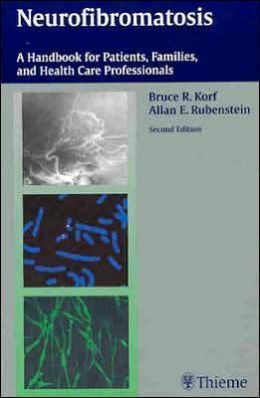-85%
Neuro-Ophthalmic Guidebook: Illuminating Diagnosis and Management
Comprehensive Resource for Neurological Eye Conditions
Edited by Leonard A. Levin and Anthony C. Arnold, this comprehensive guidebook empowers clinicians of all levels with the knowledge and confidence to navigate the complexities of neuro-ophthalmic disorders. Tailored for both specialists and non-specialists, this invaluable reference provides a structured approach to diagnosis and management, ensuring optimal patient outcomes.
Structured for Clarity and Efficiency
The book’s well-organized structure guides clinicians through a series of meticulously crafted sections, ensuring a seamless progression from foundational concepts to advanced discussions:
- Examination Techniques: Master the fundamentals of neuro-ophthalmic examination, enabling accurate detection of subtle signs and symptoms.
- Signs and Symptoms: Decode the visual manifestations of neurological disorders, including abnormal eye movements, vision loss, and pupillary abnormalities.
- Categories of Neuro-ophthalmic Disorders: Explore the spectrum of neuro-ophthalmic conditions, categorized based on their underlying mechanisms.
- Diagnostic Tests: Utilize key diagnostic tools, such as visual field testing, neuroimaging, and electrophysiological studies, to confirm diagnoses and guide treatment decisions.
Visual Aids for Enhanced Understanding
Over 200 vivid full-color photographs provide an unprecedented level of visual representation, aiding in the accurate identification of specific diseases. Detailed tables and diagrams further enhance comprehension, simplifying complex concepts for easy recall.
In-Depth Explorations: Unraveling Neuro-ophthalmic Complexities
Delve into in-depth discussions on a wide array of neuro-ophthalmic conditions, including:
- Optic tumors: Understand the clinical presentation and management of tumors affecting the optic nerve and surrounding structures.
- Diplopia and polyopia: Decipher the underlying causes of double and multiple vision, exploring diagnostic and therapeutic approaches.
- Horner’s Syndrome: Comprehend the pathophysiology, diagnosis, and management of this condition, characterized by pupillary miosis, ptosis, and anhidrosis.
- Nerve palsies: Identify the various cranial nerve palsies that can affect eye movement and function, guiding appropriate management strategies.
- Visual field defects: Diagnose and interpret visual field defects, leveraging them as valuable diagnostic tools for underlying neurological disorders.
- Eye movement disorders: Unravel the complexities of saccadic dysfunction, nystagmus, and other eye movement abnormalities, ensuring accurate diagnosis and effective interventions.
User-friendly and Practical
Designed to be user-friendly and highly practical, this guidebook serves as an essential reference for immediate diagnostic and management decisions. It empowers clinicians with the knowledge to differentiate between similar conditions, identify red flags, and determine when referrals to specialists are warranted.
Exceptional Reviews and Recognition
“The chapters are well-written and contain a multitude of diagrams and tables to help explain the teaching points.” – Journal of Neurosurgery
“This book addresses all the key topics related to neurophthalmology and is nicely divided into sections beginning with the basics of the initial ocular evaluation, and finishing with multiple chapters addressing the discoveries of the initial examination in detail.” – Journal of Neurosurgery









Reviews
Clear filtersThere are no reviews yet.